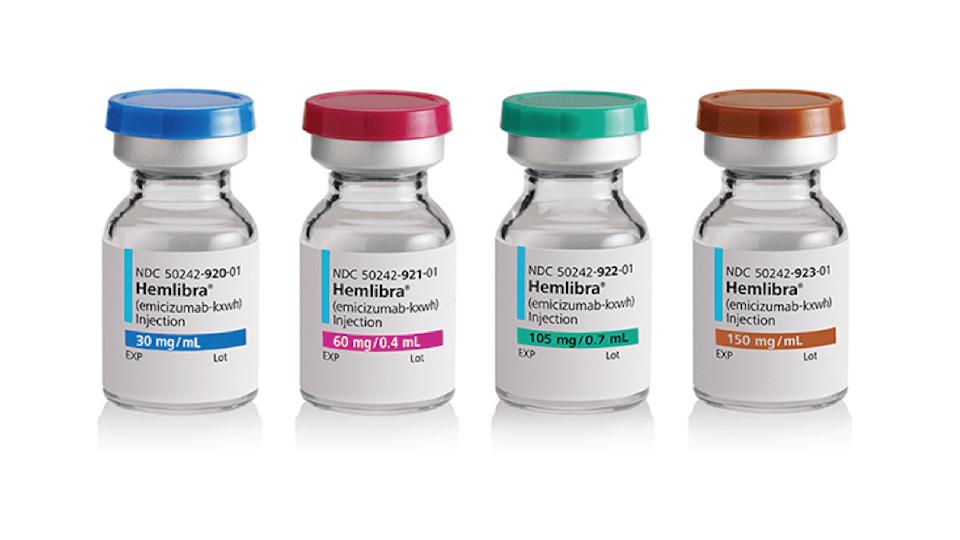No US launch until 2020 for Novo's new haemophilia therapy

The US regulator has approved Novo Nordisk’s long-acting therapy for haemophilia A, Esperoct, as the Danish pharma seeks to maintain its presence in an increasingly competitive sector of the drug market.
However, patients will have to wait until next year before Novo launches the drug in the US because of intellectual property arrangements, although the company gave no further details.
The FDA approved Esperoct (turoctocog alfa pegol) for adults and children with the congenital factor VIII deficiency, for routine prophylaxis to reduce frequency of bleeding episodes.
It can also be used for on-demand treatment and control of bleeding episodes and perioperative management of bleeding.
Novo already markets NovoEight, which is often taken every other day for prophylaxis, although this can vary depending on a patient’s weight and other factors.
With this new long-lasting version of the drug this is simplified with a single injection every four days in adults and adolescents, or every three to four days in children.
Mads Krogsgaard Thomsen, executive vice president and chief science officer of Novo Nordisk, said: “We are excited about the approval of Esperoct in the US, and we consider it an important expansion of the treatment options Novo Nordisk can offer people with haemophilia A.”
“We are confident that Esperoct will provide people with haemophilia A a less burdensome and simple, fixed dosing regimen for prophylaxis and treatment of bleeding episodes, resulting in improved quality of life.”
The launch delay will no doubt be a frustration for Novo, as Roche is attempting to build a blockbuster franchise with its haemophilia A injection, Hemlibra.
This can be administered for prophylaxis every fortnight, and Roche has formulated the drug so that patients can administer it themselves subcutaneously.
Unlike rivals from Shire and Novo, Hemlibra (emicizumab-kxwh) is not a replacement therapy, instead fixing the disease at a biochemical level.
It binds to both the activated IX and factor X, activating the latter, stepping in to replace the factor VIII that is missing in haemophilia A patients.












